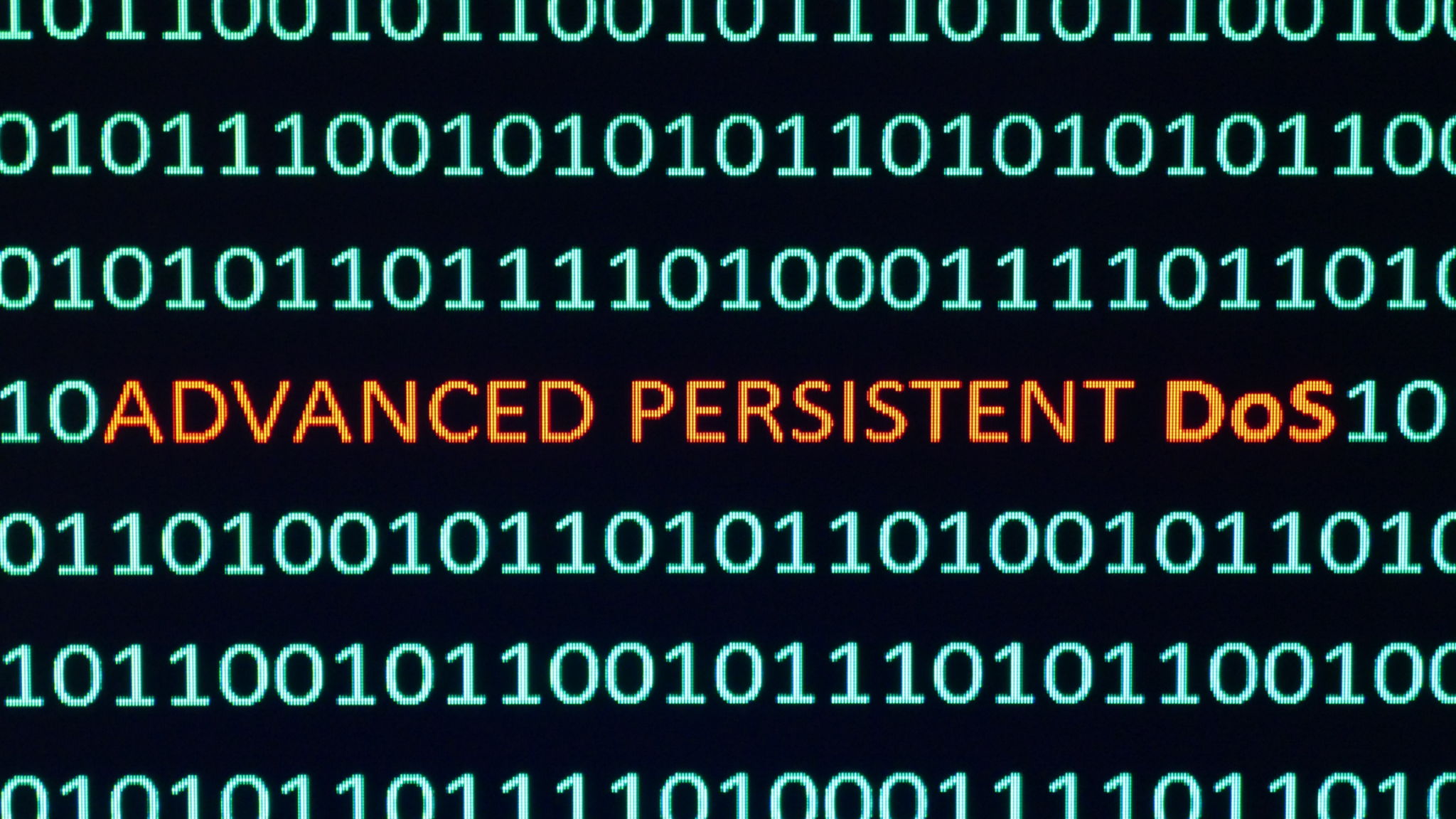Prompt Engineering for SOC Solutions - Threat Detection and Analysis
Introduction: Elevating SOC Threat Detection with Advanced Techniques
As cyber threats evolve, SOC (Security Operations Center) teams must adopt smarter methods to detect, analyze, and mitigate them.
At Cyberfacti Academy, we’re introducing a series on Prompt Engineering for SOC Solutions, focusing on techniques that equip SOC analysts with practical tools and strategies to tackle modern threats effectively.

This post will serve as a SOC Analyst Guide to:
1. Identify and analyze anomalous behavior in network traffic using SIEM tools.
2. Detect and mitigate Advanced Persistent Threats (APTs) targeting critical infrastructure.
3. Provide use cases and queries for improving threat detection within Splunk and other SIEM platforms.
Let’s dive into actionable strategies, practical examples, and key tools that every SOC team should master.
1. Identifying and Analyzing Anomalous Network Behavior with SIEM tools
Why Network Traffic Analysis Matters
Network traffic analysis is critical for identifying anomalies such as lateral movement, data exfiltration, or unauthorized access attempts. SIEM (Security Information and Event Management) tools provide centralized logging, analysis, and alerting capabilities for this task.
Example Splunk Query for Unusual Outbound Traffic:
index=network_traffic dest_port=443 action=allowed
| stats count by src_ip dest_ip
| where count > 1000
2. Detecting and Mitigating Advanced Persistent Threats (APT's)
Understanding APT's
APTs are stealthy, prolonged attacks targeting critical infrastructure, leveraging sophisticated techniques like spear phishing, zero-day exploits, and lateral movement.
Example Splunk Query for Detecting C2 Traffic:
index=network_traffic dest_port IN (443, 8080)
| stats count by dest_ip, user_agent
| where user_agent IN ("unknown", "malicious-c2")

3. Improving Threat Detection with SIEM Use Cases and Queries
Use Case 1: Detecting Brute Force Attacks
index=authentication action=failure
| stats count by src_ip, user
| where count > 5
Use Case 2: Spotting Data Exfiltration
index=network_traffic dest_port=22 OR dest_port=21
| stats sum(bytes_out) by src_ip dest_ip
| where sum(bytes_out) > 1000000
Use Case 3: Monitoring Priviledged User Activity
index=authentication user_role="admin"
| stats count by src_ip action

Key SIEM Platform to Master
1. Splunk:
High flexibility for custom queries and integrations.
Splunk is one of the most powerful and widely used SIEM platforms. It specializes in collecting, indexing, and analyzing machine data from various sources, such as servers, applications, and devices. Its greatest strength is flexibility, allowing SOC teams to create custom queries for specific use cases, generate advanced dashboards, and integrate seamlessly with other tools like threat intelligence feeds and automation platforms.
Splunk can be complex for beginners due to its proprietary query language (SPL - Splunk Processing Language) and its advanced features. However, once mastered, it becomes an indispensable tool for SOC teams to quickly analyze large datasets and correlate events for faster incident response.
SOC teams benefit from Splunk’s real-time threat detection, its ability to visualize anomalies, and its scalability for enterprises managing enormous data volumes.
2. Elastic Security:
Free, open-source solution for log analysis.
Elastic Security, part of the Elastic Stack (formerly known as ELK Stack - Elasticsearch, Logstash, Kibana), is an open-source solution for collecting and analyzing log data. It's highly customizable and is often used for threat hunting, anomaly detection, and visualizing trends in cybersecurity incidents.
Elastic Security is free, but it requires expertise in configuring and managing the stack. SOC teams may find it challenging initially, especially when setting up integrations, writing custom detection rules, and managing its underlying infrastructure.
Its open-source nature makes it cost-effective, and the extensive customizability allows teams to tailor the platform to their unique security needs. It’s especially appealing for organizations with budget constraints.
3. QRadar:
IBM's platform focusing on real-time threat detection.
IBM QRadar is an enterprise-grade SIEM platform that specializes in real-time threat detection and incident response. It comes with pre-configured rules and correlation capabilities, making it easier for SOC teams to detect advanced threats. QRadar excels in reducing false positives and providing actionable insights by correlating logs and events across different systems.
QRadar is user-friendly for SOC teams compared to platforms like Splunk, but it still requires training to fully utilize its advanced features like AI-driven analytics and automated response. It’s best suited for larger organizations with the resources to implement and maintain the platform.
Its ability to provide precise threat intelligence and integrate with IBM’s larger suite of security tools makes it an essential platform for handling complex, high-volume environments.
LogRhythm:
Simplifies SOC workflows with automated responses.
LogRhythm simplifies SOC workflows with a focus on automation and response. It integrates threat detection, investigation, and response into a single platform. It’s particularly effective for identifying threats like anomalous user behavior, privilege escalation, and lateral movement.
LogRhythm is easier to deploy and maintain than some other SIEM platforms. Its pre-built templates, intuitive interface, and automation capabilities make it accessible to smaller SOC teams.
The combination of user-friendly workflows and automated incident response makes it ideal for organizations looking to strengthen their defenses without requiring extensive resources.
Top Tools for Threat Detection and Analysis
Endpoint Detection and Response (EDR):
1. CrowdStrike Falcon:
CrowdStrike Falcon excels in protecting endpoints (laptops, servers, etc.) from advanced attacks, including malware, ransomware, and fileless attacks. Its cloud-native architecture ensures lightweight, fast, and real-time protection.
Easy to deploy and manage, with AI-driven detection that doesn’t require manual configuration for every scenario.
It enables rapid detection and response to threats targeting endpoints, often a weak link in cybersecurity.
2. Microsoft Defender:
A built-in EDR tool for Windows environments, providing real-time protection, vulnerability management, and integration with Microsoft’s security ecosystem.
Very easy to use for organizations already relying on Microsoft products like Azure and Office365.
It’s cost-effective and seamlessly integrates with existing Microsoft infrastructure, making it perfect for businesses using the Windows ecosystem.
3. SentinelOne:
SentinelOne offers autonomous detection and response, meaning it can detect, block, and remediate threats with minimal human intervention.
User-friendly, but advanced capabilities like machine learning-based detection might require expertise.
Its automated capabilities allow SOC teams to focus on higher-level threats rather than manual endpoint triage.
Threat Intelligence Feeds:
1. VirusTotal:
An online service that aggregates data from antivirus engines and scans files, URLs, and IPs for malicious behavior.
Extremely simple to use; paste a URL or upload a file for analysis.
It’s an excellent tool for verifying indicators of compromise (IOCs) quickly.
2. AlienVault OTX:
A community-driven threat intelligence platform that provides access to threat indicators shared by other users.
Easy to use but requires integration with tools like SIEMs for automated use.
It helps SOC teams stay updated on emerging threats and enrich their detection capabilities.
3. Recorded Future:
A commercial platform offering advanced threat intelligence through data analytics and machine learning.
Requires training to utilize its analytics effectively but delivers rich insights.
Enables proactive detection of emerging threats, helping SOC teams prevent attacks before they occur.
Packet Capture and Analysis:
1. Wireshark:
An open-source tool for capturing and analyzing network traffic down to individual packets.
Requires expertise in networking and packet analysis to interpret results effectively.
Provides deep visibility into network behavior, crucial for investigating advanced threats.
2. Zeek (formerly Bro):
A network analysis framework that focuses on detecting anomalies in network traffic.
Easier to use than Wireshark for anomaly detection but still requires a learning curve.
Automates detection of network anomalies, reducing the manual workload.
3. tcpdump:
A command-line tool for packet capture and analysis, ideal for quick investigations.
Simple for basic use but requires advanced knowledge for deep dives.
Lightweight and effective for rapid packet analysis in resource-constrained environments.
Sandboxing Solutions:
1. Cuckoo Sandbox:
An open-source tool for analyzing malware by executing it in a controlled environment.
Requires setup and tuning but delivers detailed reports on malware behavior.
Helps SOC teams analyze and understand unknown threats safely.
2. FireEye Malware Analysis:
A commercial solution that provides automated malware analysis with advanced detection capabilities.
User-friendly but requires licensing and integration into the SOC workflow.
Its sophisticated capabilities help detect even the most advanced malware.
Be aware that each platform and tool serves a specific purpose in the SOC environment. From SIEMs for centralized threat detection to EDR for endpoint security, and from threat intelligence to sandboxing, mastering these tools ensures SOC teams are equipped to tackle any cyber threat. By understanding their strengths and complexities, organizations can create a robust, efficient defense strategy.

Conclusion: Empowering SOC Analysts
The effectiveness of a SOC lies in the ability to proactively detect, analyze, and mitigate threats before they escalate. By leveraging the techniques, tools, and playbooks provided in this guide, SOC teams can stay ahead of advanced cyber threats.
At Cyberfacti Academy, we’re dedicated to empowering cybersecurity professionals with actionable insights and cutting-edge resources. Stay tuned for more Prompt Engineering for SOC Solutions to enhance your defense strategies.
Interact with us:
What other SOC challenges should we tackle next?
Share your ideas in the comments or reach out for more hands-on tutorials!
Thank you.
B-Aware & B-Safe!
